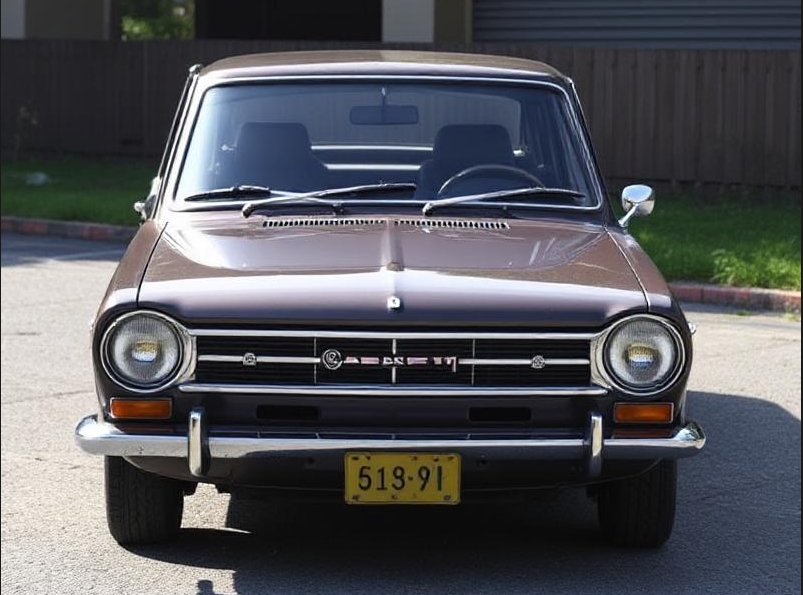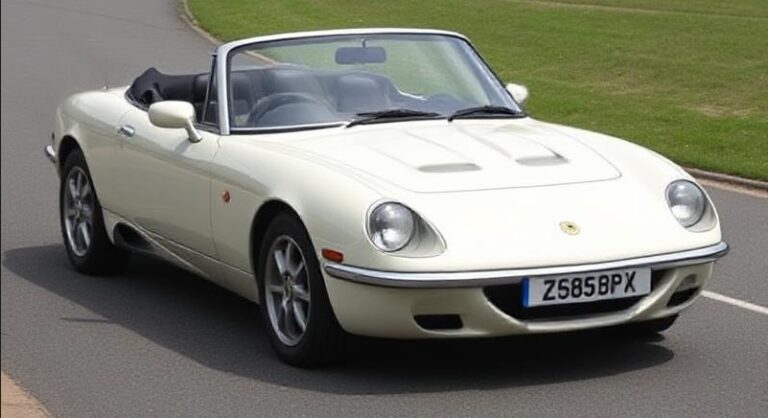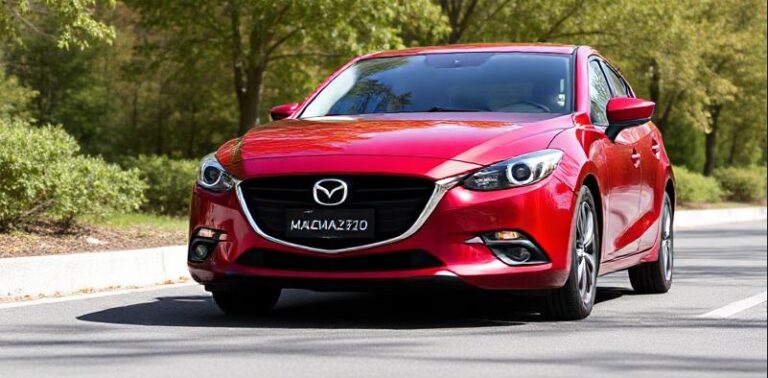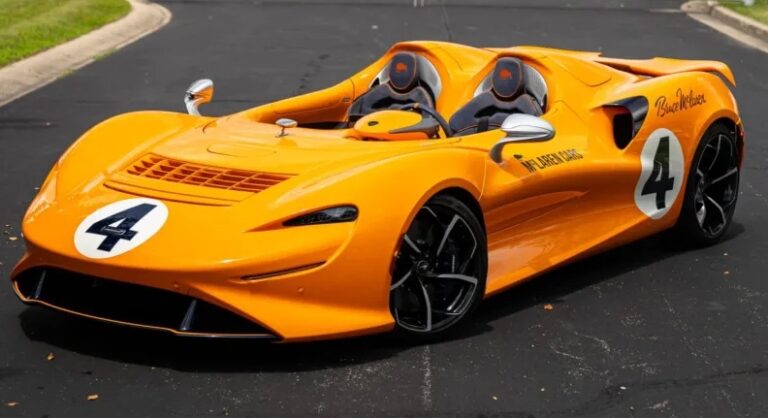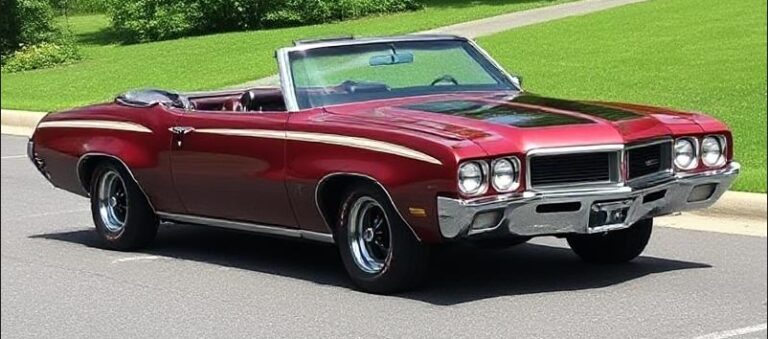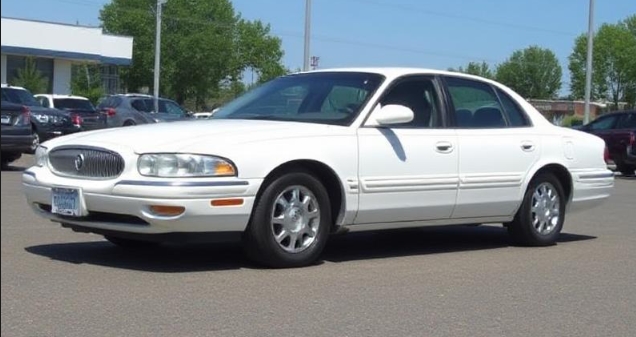The Evolution of the Datsun 510: A Timeless Classic
The Datsun 510 holds a special place in automotive history, known for its blend of performance, affordability, and impressive handling. Produced between 1967 and 1973, the Datsun 510 was a compact car that transcended its humble beginnings to become a legend in motorsports and a beloved classic car among collectors today. This article will explore the evolution of the Datsun 510, including the years it was produced, the models and trim levels offered, and its enduring legacy.
Origins and Production Years
The Datsun 510 was introduced in 1967 by Nissan as a successor to its popular Datsun 411. It was conceived to compete in the increasingly competitive compact car market, particularly in the United States. Production of the 510 spanned from 1967 to 1973 across various body styles and configurations. The vehicle was available in both a four-door sedan version and a two-door coupe, which contributed significantly to its popularity.
The First Generation (1967 – 1969)
The original models of the Datsun 510 were released in 1967. At the heart of the initial offering was the 1.6-liter four-cylinder engine, known as the L16. This powerplant generated approximately 96 horsepower, allowing the lightweight compact to deliver a spirited performance that impressed automotive enthusiasts. The first-generation Datsun 510 was particularly well-received for its superior handling compared to rivals of the time, a characteristic that was refined in subsequent models.
1967-1969 Models and Trim Levels:
- Datsun 510 (Base Model): The no-frills base model came with essential features, prioritizing practicality and affordability.
- Datsun 510 Deluxe: This model introduced additional amenities, including upgraded interior upholstery, chrome trim, and improved audio systems.
- Datsun 510 Sports Sedan: A more performance-oriented option, often characterized by enhanced suspension components and sportier handling.
The Middle Years (1970 – 1971)
In 1970, Datsun introduced some changes to the 510 lineup, focusing on detuning the engines to comply with new emission regulations while maximizing performance. The 510 maintained its reputation for being a fun-to-drive sedan that sported a classic aesthetic.
1970-1971 Models and Trim Levels:
- Datsun 510 (Base Model): Continued to serve as the entry-level option, equipped with basic features.
- Datsun 510 Deluxe: Upgraded with more features, the Deluxe model became appealing to those seeking a touch of luxury.
- Datsun 510 SSS (Super Sports Sedan): Launched in certain markets, this variant featured a more powerful 2.0-liter engine and enhancements to suspension and brakes, catering to performance enthusiasts.
The Apex of Popularity (1972 – 1973)
By the early ’70s, the Datsun 510 reached its peak popularity and reputation as a stylish and capable compact car. In some markets, it began to receive accolades for its racing pedigree, earning respect in various motorsport disciplines, including rallying and road racing.
The model received cosmetic updates and featured a more refined interior alongside improved engine options, further solidifying its status in the automotive community.
1972-1973 Models and Trim Levels:
- Datsun 510 (Base Model): Retained its practicality while receiving subtle aesthetic updates.
- Datsun 510 Deluxe: Continued to cater to buyers seeking enhanced comfort and options.
- Datsun 510 SSS (Super Sports Sedan): This performance variant became increasingly sought after due to its exhilarating performance and racing pedigree.
The End of Production and Legacy (1973)
The final production year for the Datsun 510 was 1973. By this time, the automotive landscape was shifting again due to tightening fuel economy standards, changing consumer preferences, and new regulations. Nissan ceased production of the Datsun 510, focusing on new models that aligned with the evolving market. However, the legacy of the Datsun 510 continued to thrive.
The Datsun 510 was not only well-regarded for its affordability and versatility but also became a formidable contender on the racetrack. Influential figures in motorsports, such as Bob Bondurant and various privateers, campaigned the 510 in events like the SCCA and IMSA, further elevating its status as a performance vehicle.
Mechanical Features and Design
Throughout its production run, the Datsun 510 was lauded for its reliable engineering and performance features. The L-series engines, a cornerstone of Nissan’s engineering prowess at the time, featured robust metallurgy and a simple design that endeared them to mechanics and enthusiasts alike. The 510’s lightweight chassis and independent suspension setup contributed to its agility and responsiveness, making it an excellent platform for both street and rally applications.
The classic boxy design of the Datsun 510 has also ensured its place as a sought-after classic car. Its clean lines and restrained aesthetics have aged gracefully, captivating collectors looking for vintage vehicles that exemplify the golden age of automotive design.
The Datsun 510 Today
Today, the Datsun 510 is regarded as a classic car icon. With a solid following among car enthusiasts, they can often be found at car shows, racing events, and in clubs across the globe. The demand for the Datsun 510 has surged, particularly among collectors and restorers looking to preserve this historic vehicle.
The Datsun 510 continues to inspire a new generation of enthusiasts, with many examples retaining their original components while others have undergone extensive modifications. Its performance characteristics and friendly aftermarket support mean that it’s as much fun to drive today as it was nearly five decades ago.
.

.
Conclusion
The Datsun 510 exemplifies an era of affordable performance, clever engineering, and stylish design. Its evolution from a practical compact sedan to a performance icon showcases the innovative spirit of Nissan during the 1960s and 1970s. The different models and trim levels produced throughout its production run underscore the vehicle’s adaptability to diverse consumer needs.
While the Datsun 510 may be a relic of the past, its legacy continues to resonate with automotive enthusiasts. It stands as a testament to the enduring appeal of classic cars that offer more than just transportation; they provide a connection to an era of authenticity and driving enjoyment. Today, the Datsun 510 is not merely a car—it’s a cultural icon that continues to captivate and inspire, ensuring its place in the annals of automotive history.
